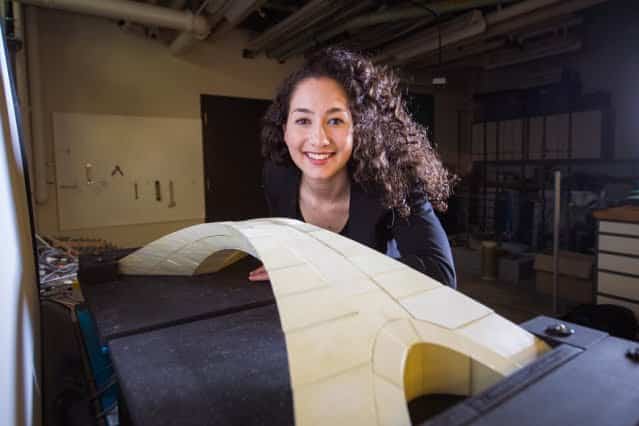In 1502 the Sultan Bayezid II known as “the Wise” he sent to the Renaissance world the equivalent of a public tender for the design of a bridge that would connect Istanbul with nearby Galata (today it is part of the metropolis).
Leonardo da Vinci, an artist and inventor already at the height of his success, came up with the incredible design of a bridge which he took care to illustrate to the Sultan in a letter which also contained some sketches of the construction.
Unfortunately the order was entrusted to others: too bad, it would have been the longest bridge of the time, and by far the most futuristic.
More than 500 years after Leonardo's death, MIT has recovered those drawings and started studying them.
A systematic review
A mixed team of civil engineering professors and students analyzed drawings and documentation, construction materials, methods of the time and local geology (the bridge would have been built in the area known as the "golden horn").
In this test phase, the team created a scale model to evaluate the flexibility, the scope of the structure and the solidity of the foundation.
The aim is to understand if in case of acceptance by the Sultan the bridge would have had a hope of being truly completed.
The analysis on Leonardo's bridge will be presented this weekend in Barcelona, at the Conference of the International Association for Shell and Spatial Structures. Here is the preview paper.
A flattened arch
At the time of Leonardo Da Vinci almost all brick bridges were built using semicircular arches: for a long bridge like the one commissioned, the construction would have required more than 10 spans. The concept behind Leonardo's design was centuries ahead, and totally different: a single, huge arch high enough to let even the ships below him pass.

We are talking about a bridge almost 300 meters long (more or less: at the time not even the metric system had yet been invented). That's 10 times the length of bridges at the time.
The project
In his notebooks as well as in the letter to the Sultan, Leonardo did not provide details on the materials that would be used, nor on the method of construction.
Karly Bast, head of the MIT research, analyzed the materials of the time with his team, concluding that the bridge could only have been made of stone: wood and bricks would not have held up. More importantly, the system could have stood up simply by "fitting" the stones together, without the need for other glues.
Leonardo 3D printed
To prove their theory, the researchers developed a model from the blocks needed to compose it. The result was a bridge in 1: 500 scale, consisting of 126 blocks printed individually with a 3D printer (about 6 hours per block).
“It took a long time, but 3D printing allowed us to accurately recreate the complex structure of the bridge,” says the Bast.
When it was time to fit the last of the blocks and then remove the scaffolding, the team had some fears about the stability of the structure.
Yet Leonardo, power of geometry, was right once again: the bridge would also have perfectly withstood the stresses of a seismic zone such as that on the Bosporus.
The mystery of an incredible mind
Leonardo Da Vinci's fascination increases with the years rather than decreasing. A man who seemed to have visited the future in advance, with the will to bring it to fruition in advance of centuries.
How long did it take to conceive this bridge? Was it a sketch of a few minutes or did it take longer? The documents of the time do not reveal this.


